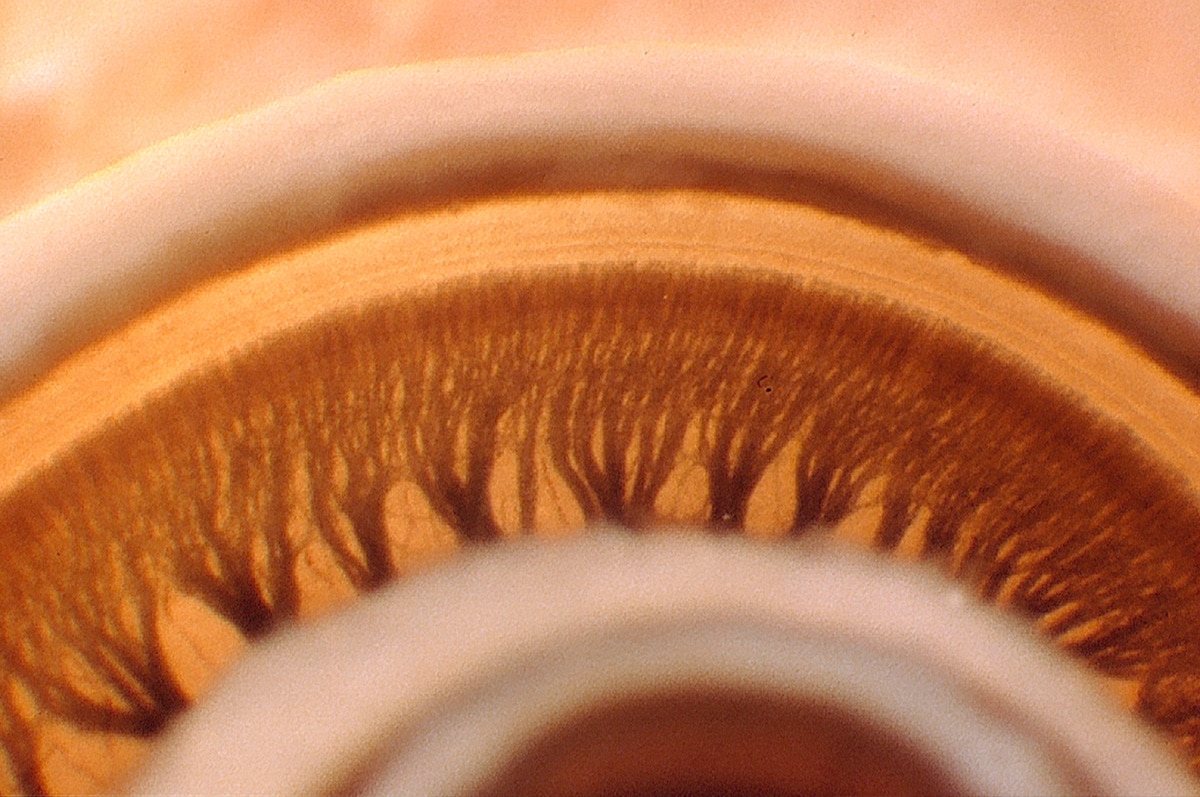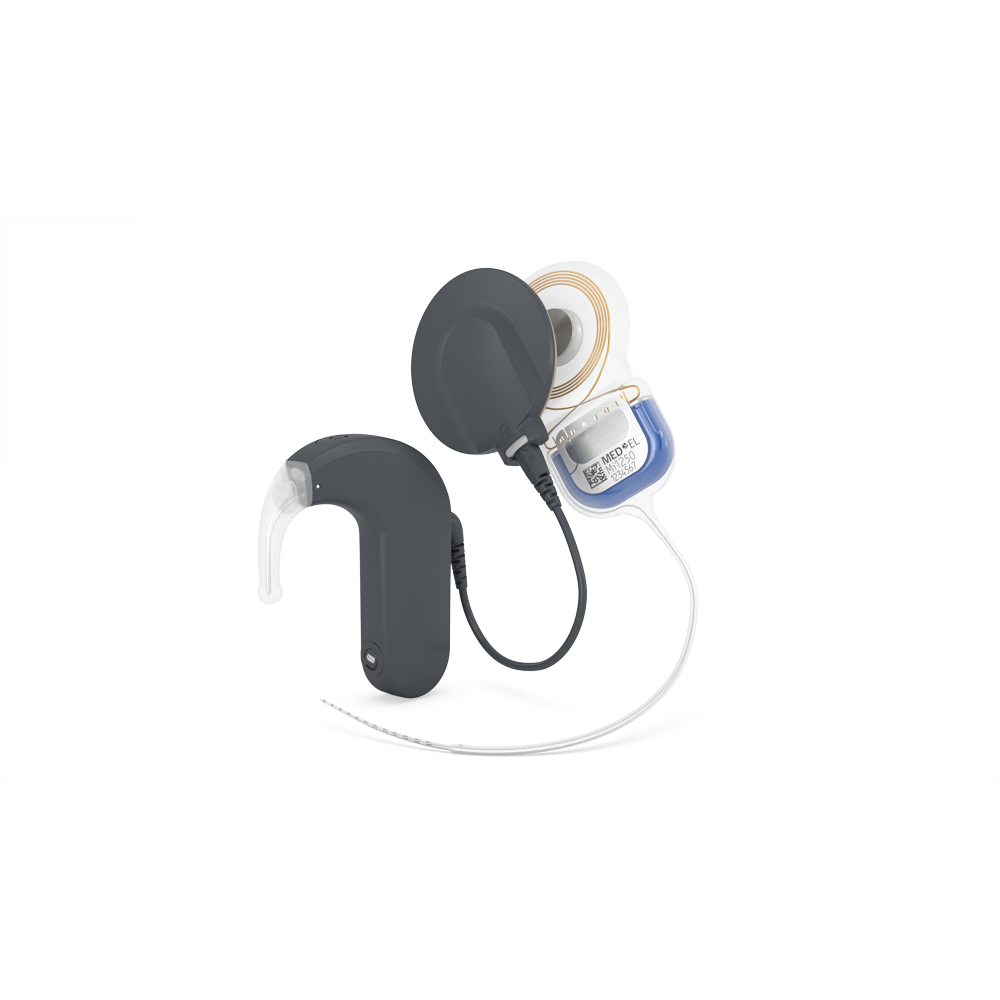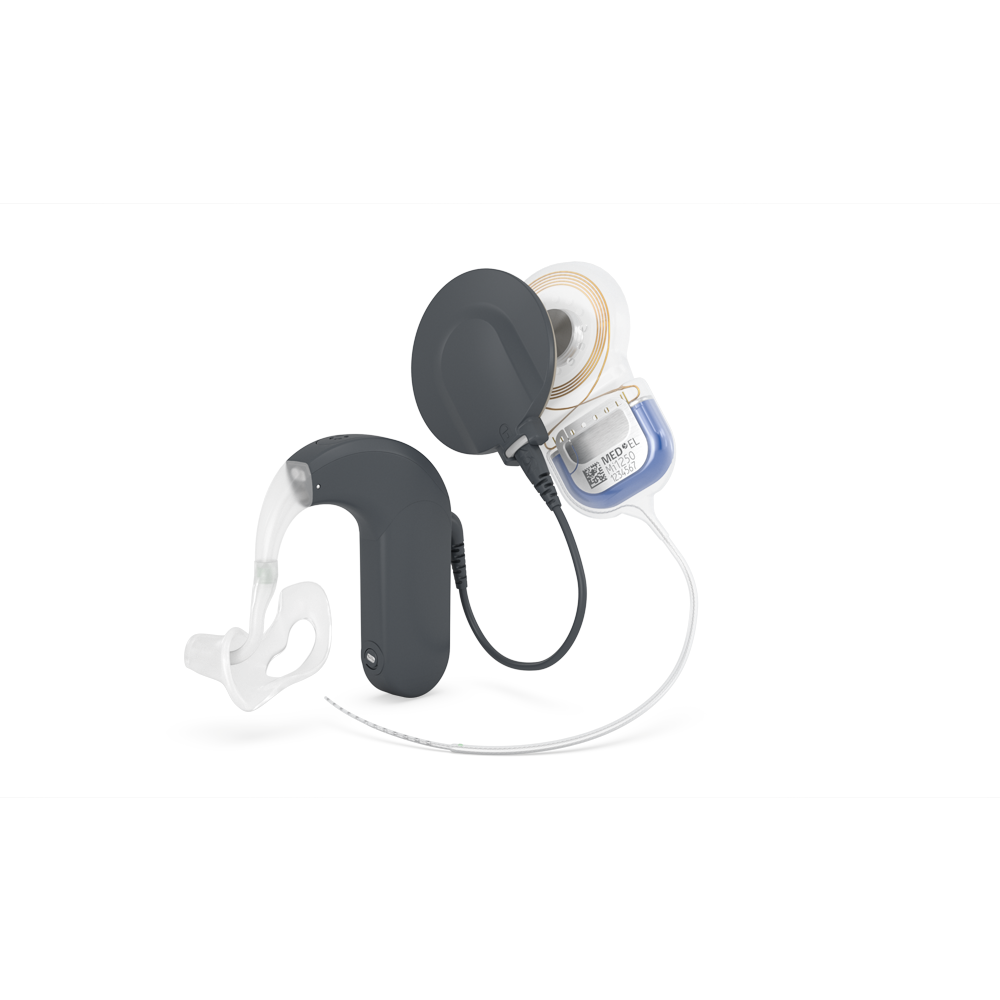
MED-EL
Published Aug 11, 2025
What Is Residual Hearing?
Residual hearing refers to the ability to hear some sounds even with hearing loss. Even people with significant hearing loss may have some remaining hearing ability, often in specific frequency ranges. This remaining hearing can be very important for cochlear implant users, as it can aid their ability to understand speech and enjoy sounds.

A term that often comes up when discussing hearing and hearing loss is residual hearing. But what is residual hearing? And why is it important?
If someone has sensorineural hearing loss, they can’t hear sounds of certain frequencies below certain volumes. The extent of hearing loss is different for everybody, and having “hearing loss” doesn’t necessarily mean someone can’t hear any sounds. Some people with hearing loss have some remaining hearing, also known as residual hearing.
How Does Residual Hearing Occur?
Hearing works like this: Approximately 20,000 tiny hair cells in the cochlea convert the mechanical vibrations of sound waves into electrical nerve pulses that the brain understands as sound. Sensorineural hearing loss, one of the most common types of hearing loss, occurs when these hair cells are missing or damaged. However, because there are so many of these hair cells, it’s possible that even in cases of profound hearing loss, some hair cells will still be there and working properly.
This is called residual hearing. Intact hair cells can still respond to certain sound frequencies and send sound signals to the brain via the nerve cells. The most common type of residual hearing is low-frequency residual hearing—the ability to hear low sounds even when someone has lost their ability to hear high-frequency sounds. This type of residual hearing is often experienced by older adults. Maybe you or someone you know is unable to hear sounds like birds chirping but can hear sounds like car engines or men’s voices.
Why Is Residual Hearing Important?
Residual hearing is important for everybody with hearing loss because it represents hearing potential.
Individuals who haven’t received a cochlear implant rely on residual hearing to hear. If they have low-frequency residual hearing, they will hear low-frequency sounds best. Hearing aids take advantage of residual hearing by amplifying the sound waves sent to the cochlea so that the remaining hair cells can hear the sounds more easily.
Residual hearing is also important for individuals with a cochlear implant. It is important to preserve their residual hearing so they can still benefit from their remaining natural hearing even after their cochlear implant’s electrode array has been inserted.
This might seem surprising since cochlear implants are designed to replicate the sense of hearing even for individuals with absolutely no residual hearing. But existing residual hearing supports the sounds stimulated by the cochlear implant so recipients can have their best possible hearing.

SYNCHRONY Cochlear Implant System
Learn MoreIf someone has enough residual hearing, they may be a candidate for electric acoustic stimulation, or EAS for short. EAS hearing implants are designed for individuals with low-frequency residual hearing. They provide electric stimulation for high-frequency sounds and acoustic amplification for the low-frequency sounds.

EAS System
Learn MoreBenefits of Residual Hearing
- Ability to hear remaining frequencies naturally
- Potential to benefit from future technologies
- EAS candidacy, in some cases
MED-EL’s FLEX electrodes are the only cochlear implants on the market FDA-approved for hearing preservation, allowing the majority of recipients to retain some functional natural hearing after implantation. These patients can continue to enjoy their residual hearing and, in addition, gain the benefits from hearing with a MED-EL cochlear implant.
How Is Residual Hearing Preserved?
There are two main aspects of residual hearing preservation, also referred to as structure preservation. The first has to do with the design of electrode arrays, and the second is about the surgeon’s technique. The surgical technique is essential, but here we’ll focus on the electrode arrays.
Our electrode arrays are designed to be soft and flexible to preserve the delicate hair cells within the cochlea. Our electrode arrays’ design features unique wave-shaped wires to make them flexible so they can be gently inserted into the cochlea. This helps preserve the hair cells and therefore any residual hearing.
If you’d like to learn more about what an electrode array designed for structure preservation looks like, check out our blog post about the soft and flexible design of MED-EL electrode arrays.
References

MED-EL
Was this article helpful?
Thanks for your feedback.
Sign up for newsletter below for more.
Thanks for your feedback.
Please leave your message below.
Thanks for your message. We will reply as soon as possible.
Send us a message
Field is required
John Doe
Field is required
name@mail.com
Field is required
What do you think?
© MED-EL Medical Electronics. All rights reserved. The content on this website is for general informational purposes only and should not be taken as medical advice. Contact your doctor or hearing specialist to learn what type of hearing solution suits your specific needs. Not all products, features, or indications are approved in all countries.
Erik Moses
September 17, 2025
I am the unhappy and dissatisfied user of a Rondo 3 Processor. Fantastic (too)extensive information. I tried to read it in English and French looked for German but couldn't find it. Your explanation was so long that one can't see the forest for the trees
MED-EL
September 18, 2025
Hi Erik, thank you for reaching out and for sharing your feedback with us. We recommend getting in touch with your local MED-EL team for any assistance with your audio processor. You can contact them directly via https://www.medel.com/contact-med-el Regarding our blog articles, we recommend checking out our German blog here: https://blog.medel.com/de/ Kind regards, Gordana
Finbarr Moynihan
September 17, 2025
I wear hearing aids , top of the range I'm told. Wearing hearing aids for 30 years approx. I'm not able to hear only if you are beside me and looking at me. It's very frustrating and difficult for the hearing person. Also embarrassing. It would be of great help to me, if I could hear some more. Thank you kindly
MED-EL
September 18, 2025
Hi Finbarr, thank you for reaching out. We recommend contacting your local MED-EL team directly as they can provide you with information about our hearing solutions and find the right one for you. Please contact them directly via https://www.medel.com/contact-med-el Kind regards, Gordana
Ruth Miller
September 30, 2025
No one will listen to me when I try to explain my hearing issue. When I have a hearing test, the Audiologists tell me that I have no high frequency. I do not agree with this. I have horrible tinnitus and when doing a hearing test , it's hard for me to distinguish between the testing sound and my tinnitus. When I wear my hearing aids I can hear high frequency voices but have a problem figuring out the speech. The audiologist tells me that I have 4% speech recognition in the left ear and 6% in the right ear. I am a candidate for the Cochlear Implant but I refuse to loose what residual hearing that I still have. My question is....would I benefit from a Conductive Implant such as the Sentio?
MED-EL
October 02, 2025
Hi Ruth, thank you for reaching out. We recommend getting in touch with your local MED-EL team to find out which hearing solution might be the right option for you. Please get in touch with your local team directly via https://www.medel.com/contact-med-el Kind regards, Gordana
Douglas J Hiza
October 05, 2025
I have a Med-El CI and chose it because I thought that the longer, thiner, more flexible electrode array would be most like to preserve residual hearing. That is exactly what happened. I had minimal damage from the CI insertion and good preserved low frequency hearing. My Sonnet 2 (waiting for my Sonnet 3) was upgraded to EAS and I'm very satisfied.
MED-EL
October 06, 2025
Thank you so much Douglas for sharing your positive experience! All the best :)

MED-EL

MED-EL



Conversation
4 Comments